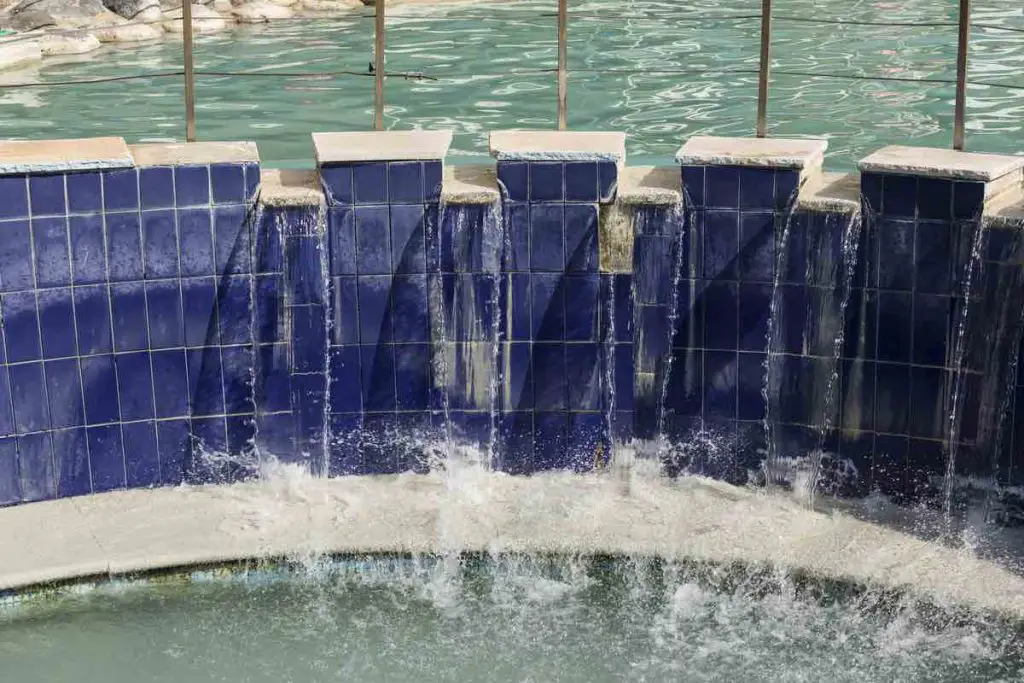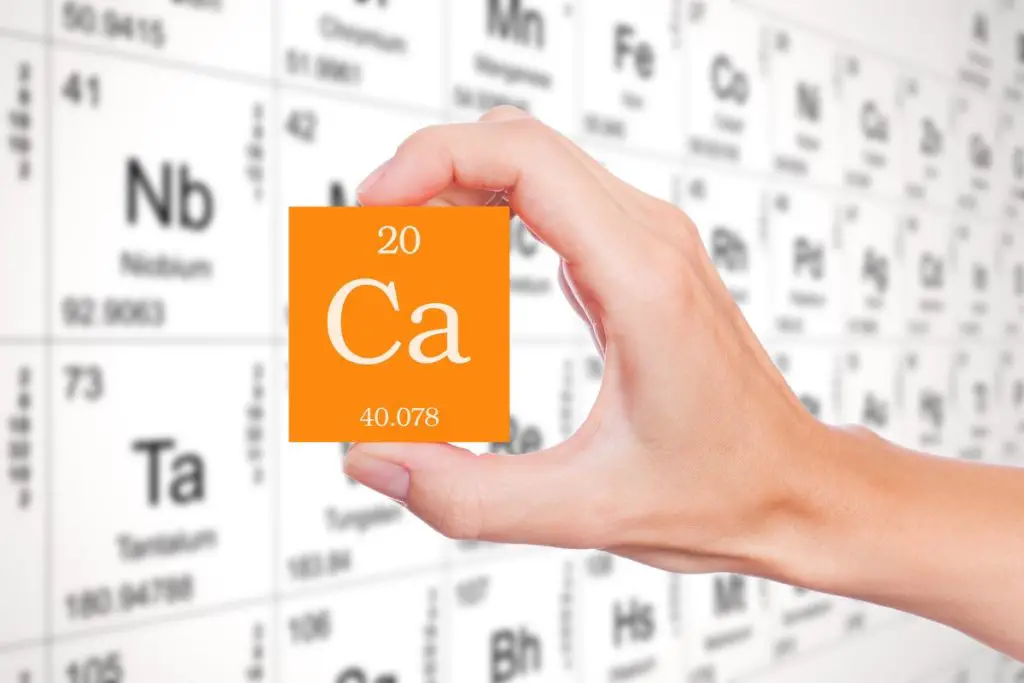Vinyl pool liners protect the surface of your pool from the water, so you must care for them as best as possible. One thing to consider is the calcium levels in your water and whether or not they affect your vinyl pool liners.
You don’t need to use calcium for vinyl pool liners, but it’s best to use it if you want to keep your water hardness levels up. Doing this will decrease the foam on the surface of the water and ensure other materials around your pool don’t get damaged.
In this article, I’ll discuss how calcium affects vinyl pool liners and when you need to worry. I will also get into how calcium levels affect pool water and its accessories and how to increase or decrease calcium levels in the water, so read on!

How Calcium Levels Affect a Pool
Let’s look at how high and low calcium levels can affect a pool and its accessories in the sections below:
Vinyl Pool Liners Are Largely Unaffected by Calcium Levels
Calcium for a vinyl pool liner isn’t too essential because it’s unlikely to damage the vinyl liner. Low calcium levels can damage pool liners made of other materials (like concrete), but they shouldn’t cause any harm to vinyl.
The levels of calcium and magnesium determine water hardness, and if pool water has too much calcium, it will become hard. While hard water isn’t dangerous or harmful, it can leave annoying, chalky stains on your skin or other parts of the pool (including the vinyl pool liner).
Although low calcium levels will not damage vinyl pool liners, high levels will. They can leave unpleasant residues on the liner, which can eventually cause permanent damage.
Low Calcium Levels Can Make Water Foamy
Low calcium levels can make water foamy. While this won’t damage your vinyl pool liner, it won’t be very pleasant and can make the water look unappealing. Swimming in a frothy pool may also feel weird, so it’s best to avoid this by ensuring adequate calcium levels.
To prevent foaming, keep your water hardness between 200-300 ppm (parts per million), particularly if you have a salt chlorinator.
Low Calcium Levels Can Damage Certain Materials
As I mentioned, water that doesn’t have enough calcium will try to compensate for it by getting it from other things. Since most vinyl pool liners don’t contain calcium, they won’t be damaged. But other pool accessories may be in danger.
Since many steel items contain calcium, the water may attempt to extract calcium from them. In turn, this could damage the steel items (like your pool’s ladder). The simple way to avoid this problem is to add more calcium to your pool water.
You should check the warranty on your pool ladder and other accessories. Some warranties have specific requirements relating to water hardness. For example, if your ladder gets damaged due to low calcium levels in the water, your warranty may not apply.
High Calcium Levels Can Make Pool Water Cloudy
The appearance of your pool water is essential. You don’t want it to look cloudy or discolored; high calcium levels will undoubtedly make it cloudy. To keep your water clear, clean it regularly and keep the calcium levels low enough.
The cloudiness isn’t necessarily dangerous, but it looks unappealing and makes it harder to see underwater. Hard water is also bad for your hair – causing tangles, breakage, and brittleness over time. So it is important that you maintain the water hardness level at less than 300 ppm.
How To Increase Calcium in a Pool
Now that you understand how a lack of calcium can affect pool water, you might wonder how to increase it. Thankfully, it’s relatively easy to increase calcium levels in a pool.
Here is an essential guide on how to do it:
- Get your pool water tested. You can bring your pool water to a pool store to have it tested. The results will tell you exactly how much calcium you need to add to your pool so you won’t make your pool water too hard.
- Gather the materials. You’ll need calcium chloride or any other calcium-based water hardness increases, a bucket, safety glasses, and gloves.
- Fill your bucket with pool water. You don’t want to fill it right to the top. ¾ full is best for a standard 5-gallon (19-liter) bucket.
- Add the recommended amount of calcium chloride to the bucket of water. You should know how much to add based on the test results.
- Stir well. Once you’ve added the calcium chloride, be sure to stir it in well. If you don’t, it won’t integrate well with the pool water and may cause damage.
- Pour the mixture into the pool. It would be best to pour it evenly into the pool by walking around the pool. Keep pouring the mixtures steadily as you walk.
How To Decrease Calcium in a Pool
While increasing calcium levels in a pool is relatively easy, decreasing the levels is more challenging.
Unfortunately, the only way to reduce calcium is to drain the pool and replace the water with new, softer water. Since this can be time-consuming, you must ensure you have plenty of time to complete the task.
Depending on the water hardness level, you can either drain your pool partially or fully and replace the hard water with fresh water that has less calcium. Even partially replacing the water can be effective because it dilutes the concentration of calcium in your pool.

Conclusion
You don’t need calcium for vinyl pool liners, but you do need it if you want your pool water to remain foam-free. Although not having calcium in your pool won’t damage your vinyl pool liners, it can damage other items (like ladders and diving boards).
Too much calcium can damage vinyl pool liners because it can leave flaky white residues, causing permanent damage to your pool liner. It can also make the water cloudy and affect the health of your skin over time.
